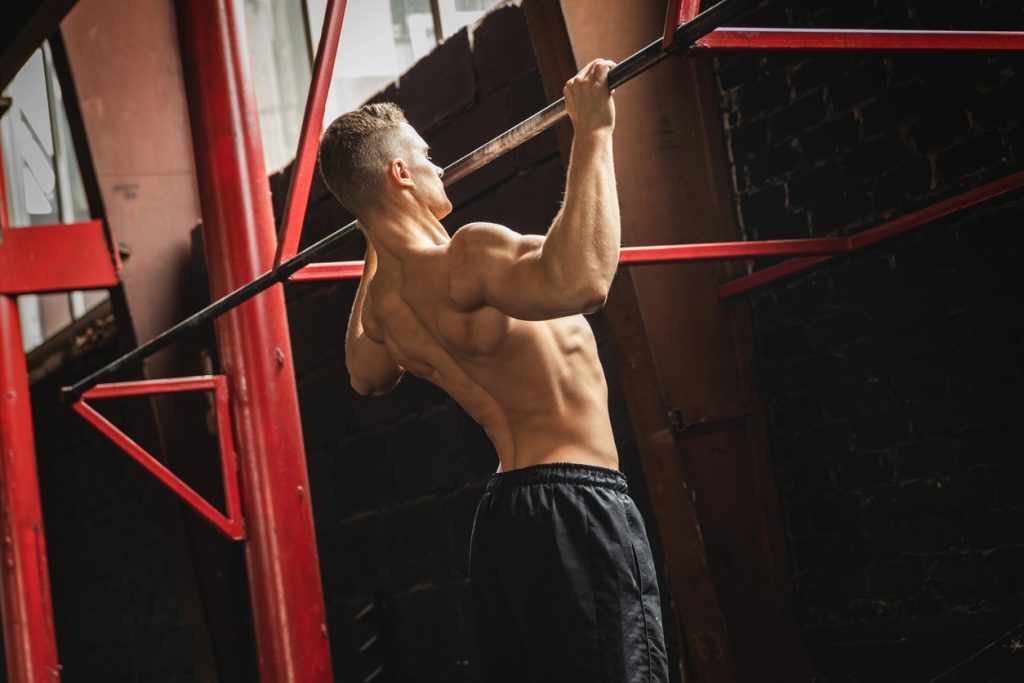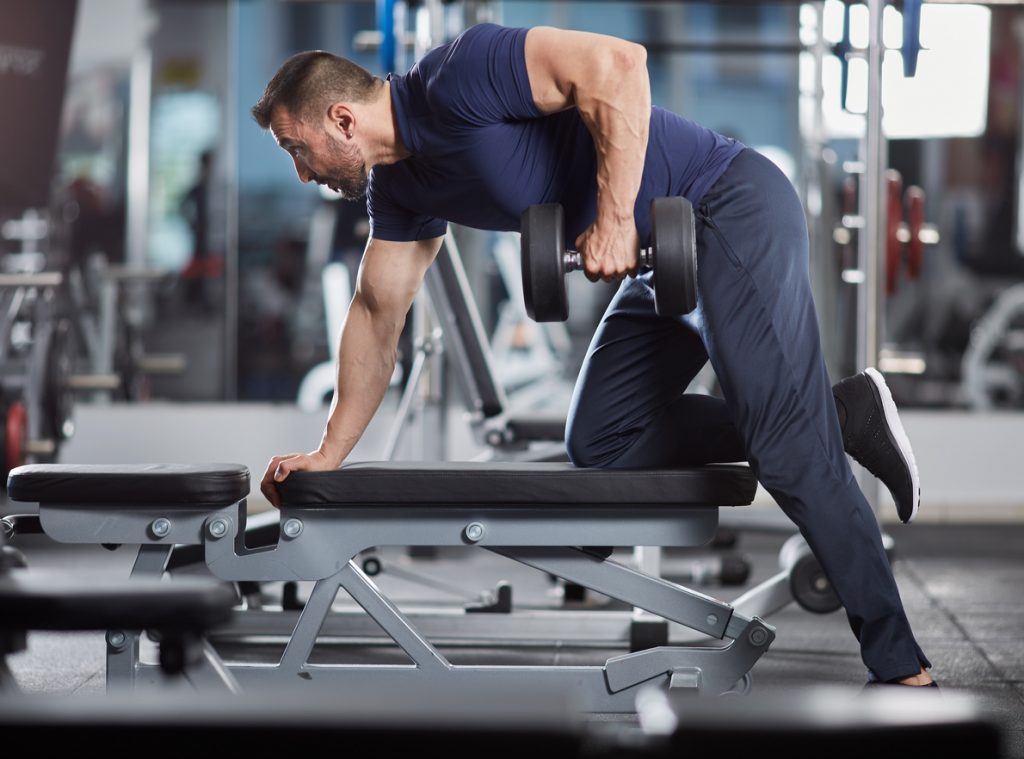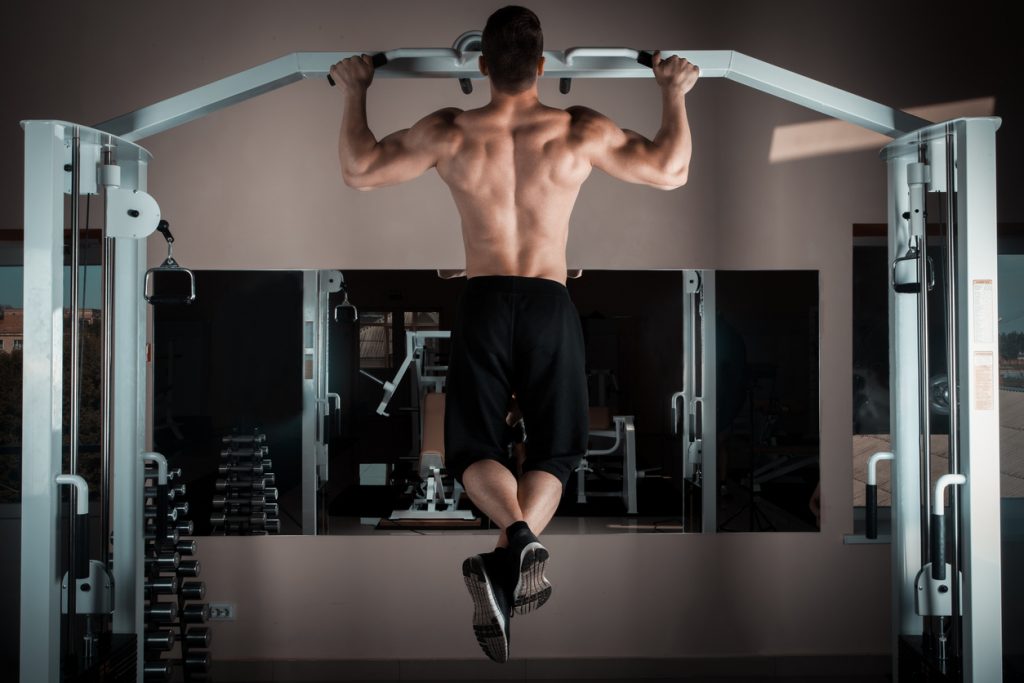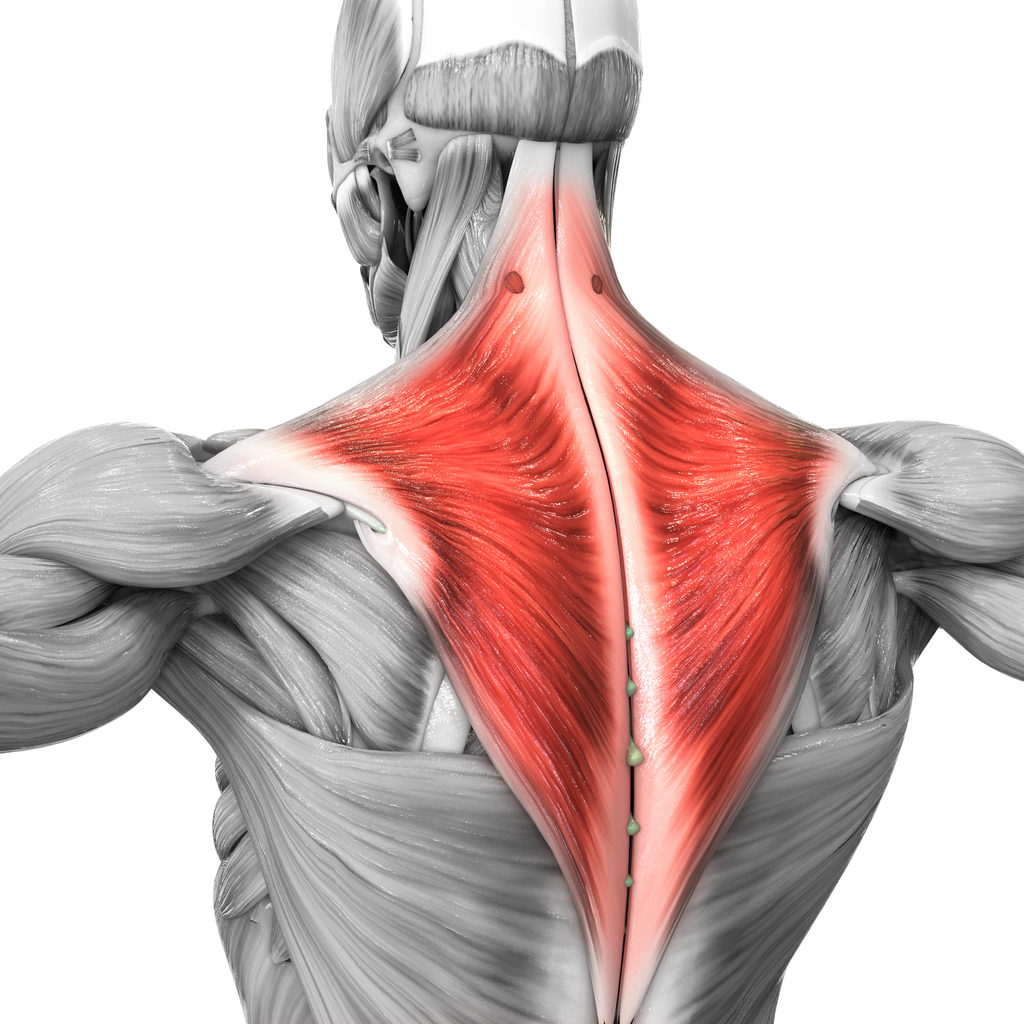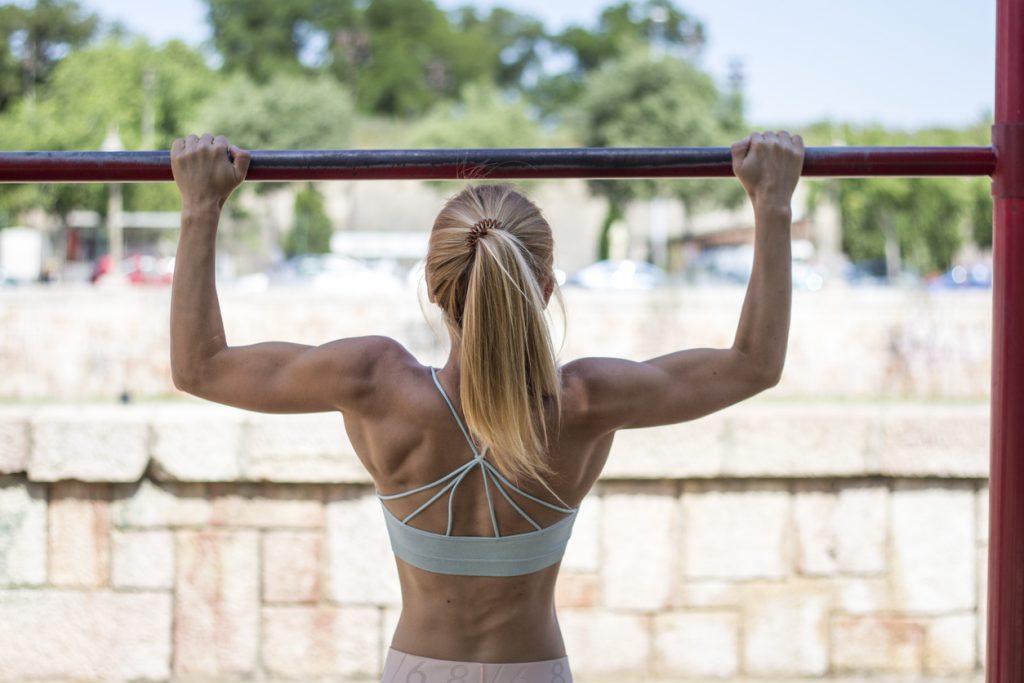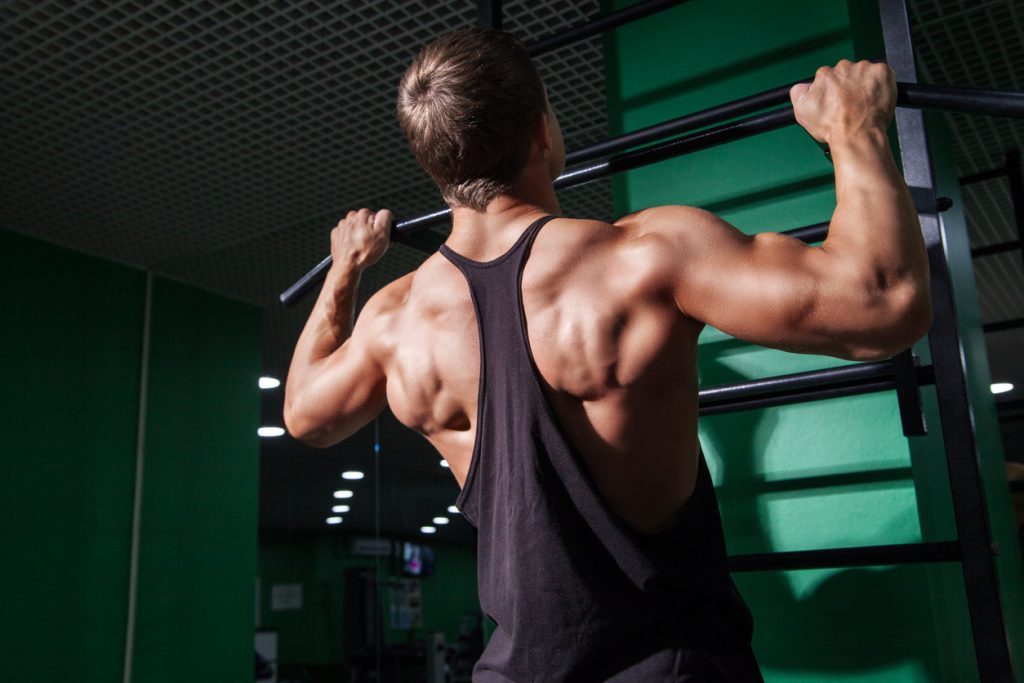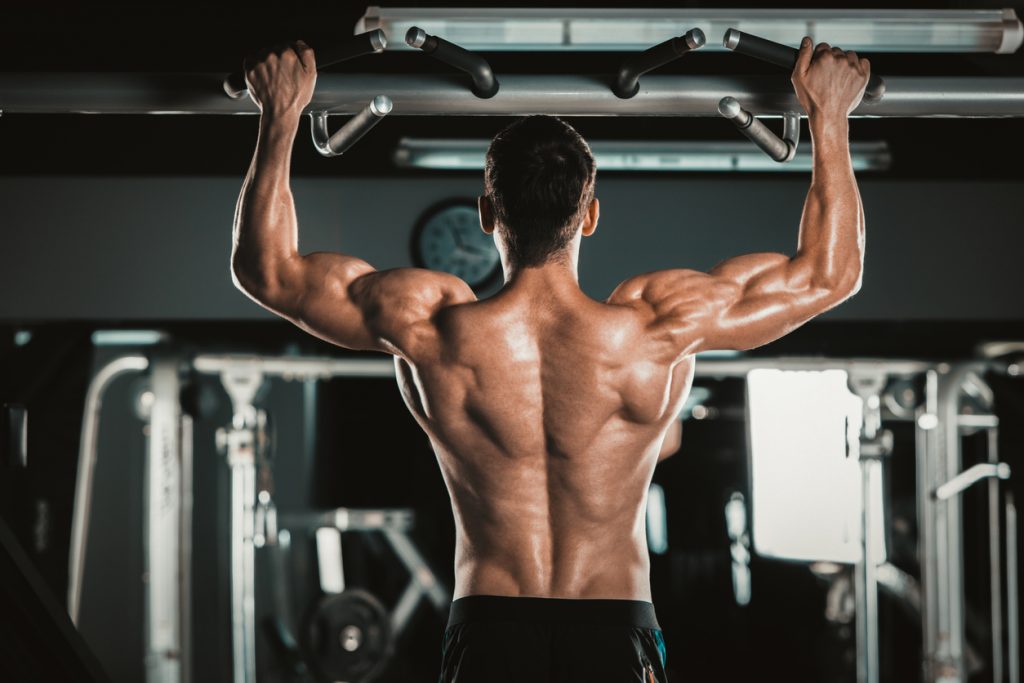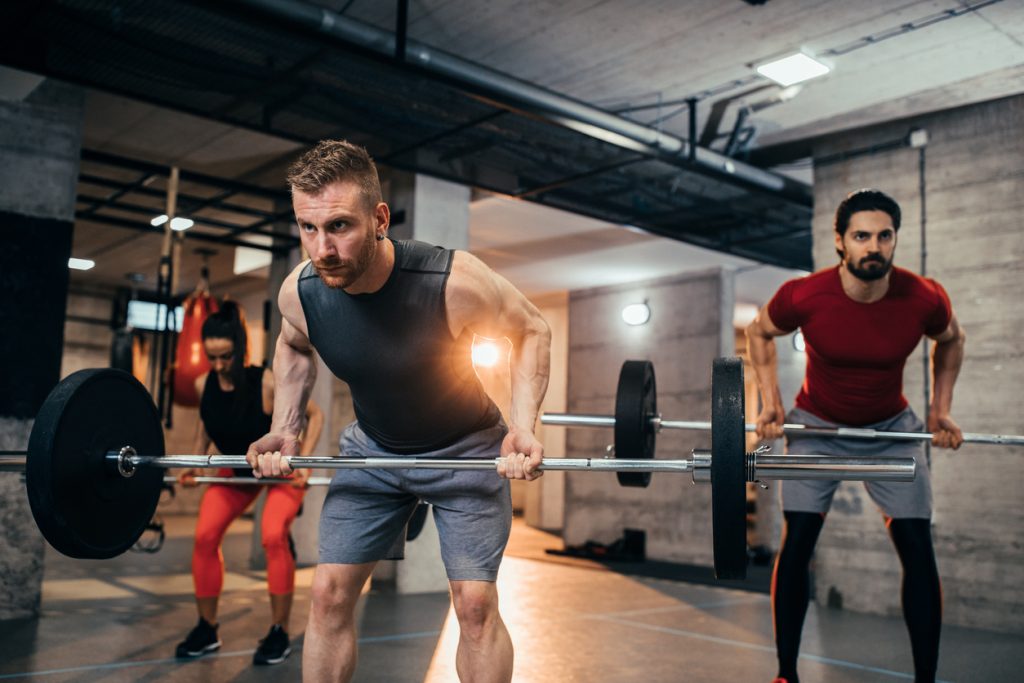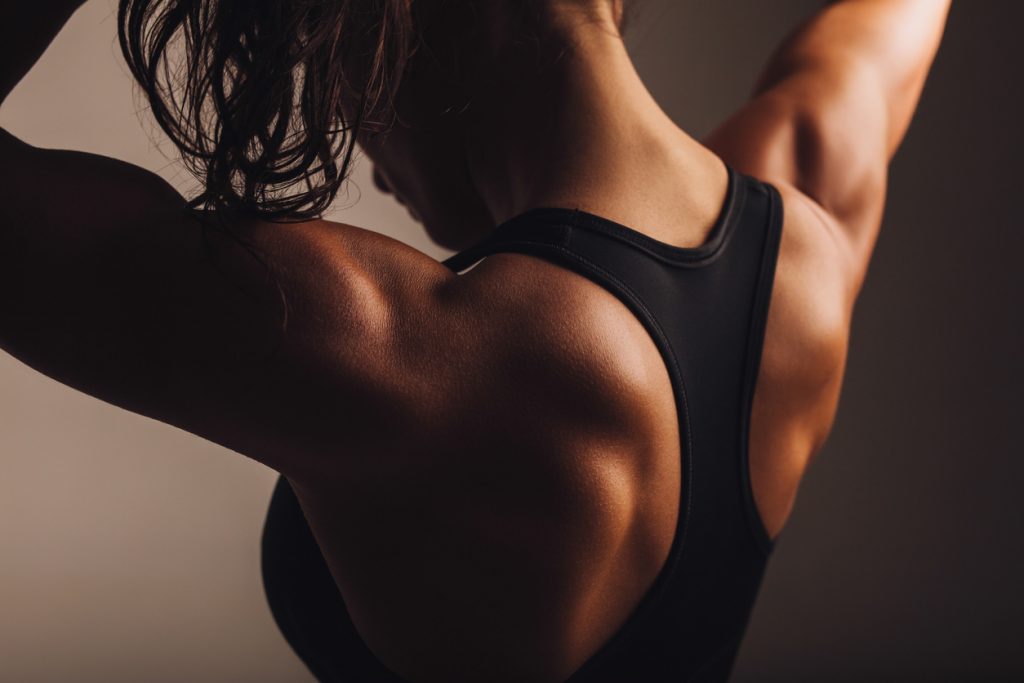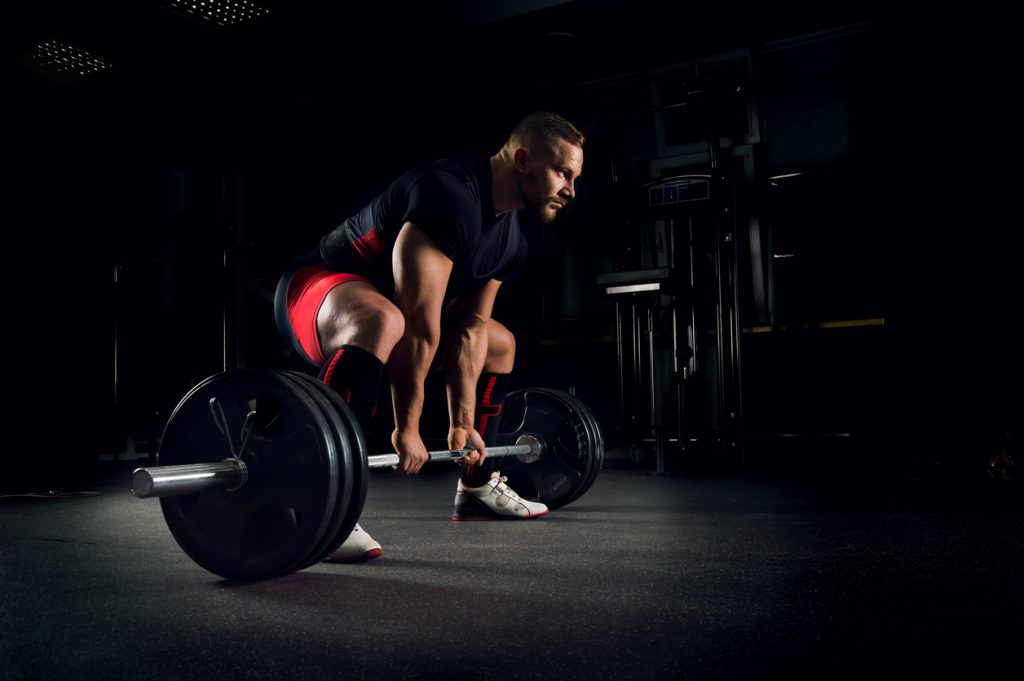Pull-ups are a set of exercises that use the body weight of the exerciser to develop muscles and muscle groups. They are very difficult, even painful, exercises, which is why they are often put aside by bodybuilders. However, they are the fastest way to gain muscle mass since they affect every part of the upper body (arms, back, etc. ) to allow the practitioner to have an athletic figure.
What muscles are involved in pull-ups? How and where to do pull-ups and with which accessories? In a few lines, discover the main lines of this discipline to help you advance in your program of muscular development.
What muscles can be developed by pulling exercises?
Pull-ups come in a variety of forms and are designed to sculpt the muscles of the upper body, torso, abdomen and back in great detail. The shoulders and arms are also the parts of the body that are most affected by these exercises, as they are the ones that directly support the body weight of the exerciser.
By doing regular pull-ups, the upper body of the exerciser will gain in volume. Also he will gain in strength and endurance as he practices this kind of exercise.
What tools are used to do pull-ups?
Pull-ups can be done anywhere. This is one of the greatest advantages for sportsmen. You don't need to go to a gym to train with this type of exercise. You just need to find a bar that supports your weight and you can train at ease. At home, you can install a bar between a door frame and you have an accessory at hand.
The pull-up bar comes in two forms. The standard system is a simple bar, installed on the door frame. This style of bar is more mobile, with a range of up to 1. 40m. There are also wall-mounted pull-up models. These are more for professional use. Their advantage is that they allow you to diversify the exercises that you can do on top of them.
What are the different pull-ups?
The part of the body to be worked depends undoubtedly on the way the practitioner apprehends the pull-up bar.
The chin up or supine pull-up consists of gripping the bar with the palms of the hands turned towards you. The body must be lifted by bringing the chest to the height of the hand.
The distance between the two palms should be equivalent to the width of the shoulders, and the grip should be tight. The supine pull works several muscles, namely the back muscles, pectorals, trapezius and rhomboids.
The pronated pull-up is also called a pull-up. It is an exercise in which the body weight is lifted so that the chest is raised to the level of the bar. This time, the back of the hands must be facing the exerciser. During a pull-up session, the distance between the hands should be greater than the width of the shoulders.
When the distance between the two hands is twice the width of the shoulders, the exercise works the back muscles. If the distance between the two hands is twice the width of the shoulders, the exercise works the back muscles, but if it is tighter, the pectoral muscles, the biceps and the trapezius muscles gain in volume.
The isometric pull-up, on the other hand, consists of holding the body still for a few seconds. For those who are used to it, the suspension can last up to 1. 30 minutes. The body should be held in an oblique position, ensuring that the bar is positioned to allow heel support. This is a very effective way to work the biceps.
Finally there is the assisted pull-up with a rubber band. This is the most suitable exercise for beginners as it is less strenuous than the other forms of pull-ups. It consists of using an elastic band to support the body weight of the practitioner, as he or she does not yet have the muscle mass to withstand prolonged efforts.
To do this, the elastic band must be tied on each side of the bar. You just have to put your feet on the elastic band, which will then help you to go up and down to develop your muscles.
How to do pull-ups when you are a beginner?
In order to perform a pull-up properly and for the muscles involved to gain in volume, you must make sure that your chin is above the bar at each rise. The body must remain straight to avoid injury and to allow the arms to support them more.
The head should not be tilted backwards. Like the ascent, the descent must be controlled. The slower the movement, the more the exerciser works the muscles used during the pull-up.
Pulling is a relatively safe strength training exercise, but repetitive movements can cause injury. This is why it is advisable to change the grip regularly. By changing grips, you avoid hurting yourself by straining a muscle, but you can also work your entire upper body.
For a beginner, the pull-up sessions start with those assisted by an elastic band. They allow the practitioner to learn the bases and the technique of the complete movement of traction. Also, the practitioner will be able to develop little by little his muscular mass.
At the beginning, two sets of six repetitions, with 60s of rest between each set of assisted pull-ups is already quite good. Once you have understood the concept of the pull-up, you can try to do one or two sets of the other holds, being careful not to overdo your body either.

